15 Must Visit Historical Places in Japan
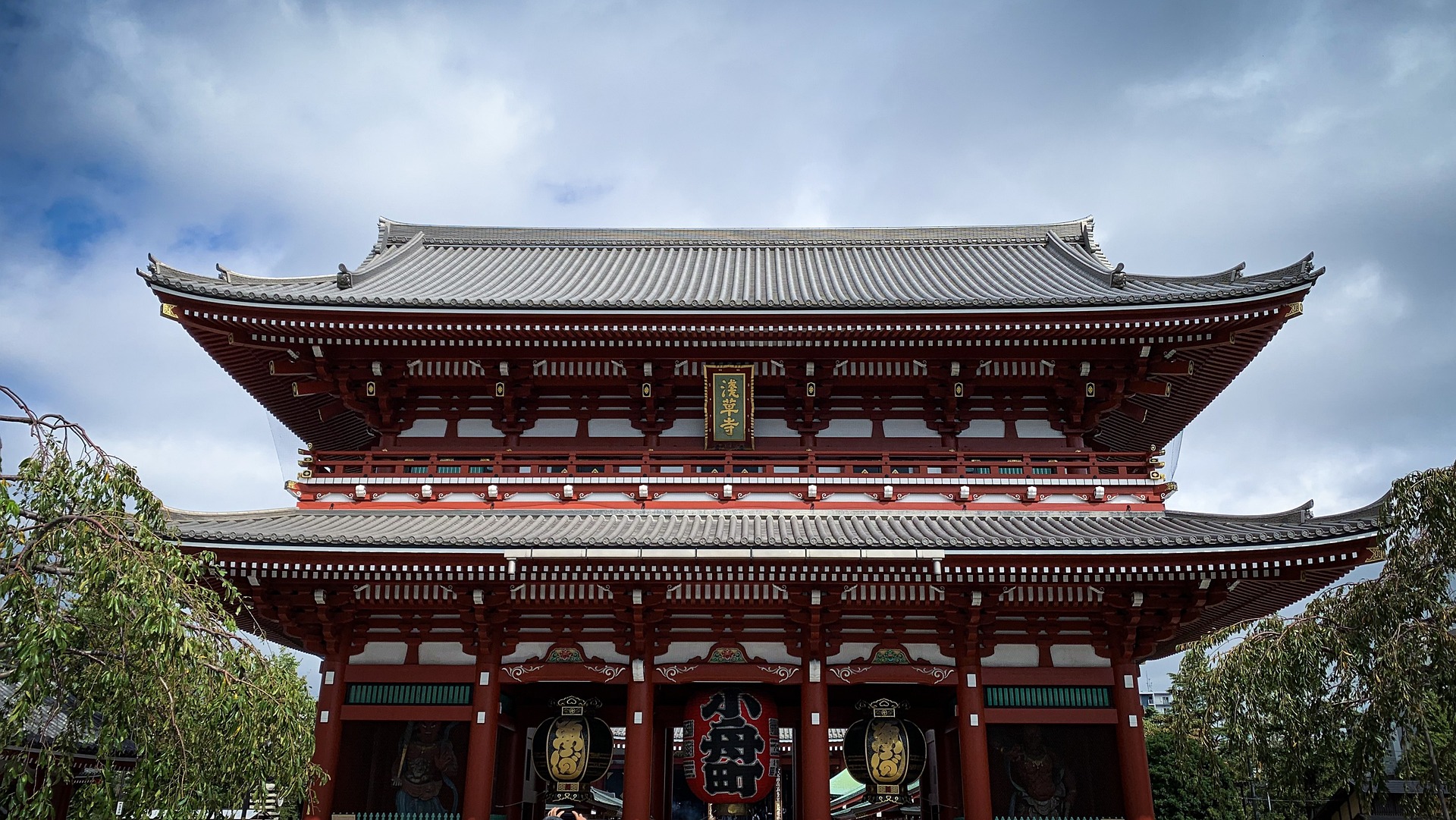
Quick Jumplinks to Navigate
Japan is home to a rich tapestry of historical landmarks that showcase its diverse cultural heritage and architectural brilliance. From ancient temples and majestic castles to serene gardens and traditional villages, these historical sites in Japan offer a glimpse into Japan’s storied past.
Kyoto, often regarded as the cultural heart of Japan, features remarkable landmarks like the Kinkaku-ji (Golden Pavilion) and the Fushimi Inari Shrine, famous for its iconic red torii gates. In Nara, you can explore the Todaiji Temple, housing the Great Buddha, and the Nara National Museum, which exhibits Buddhist art.
Meanwhile, Himeji Castle, a UNESCO World Heritage site, stands as a pristine example of early 17th-century Japanese architecture. The city of Hiroshima is also significant for its Peace Memorial Park and Museum, which promotes nuclear disarmament and world peace. For nature lovers, traditional gardens like Ryoan-ji in Kyoto and Rikugien in Tokyo reflect Zen principles and artistic landscaping.
These historical places in Japan not only preserve the country’s legacy and heritage but also offer visitors a chance to immerse themselves in the true essence of Japan.
For travelers seeking a comprehensive exploration, Japan Tour Packages offer curated experiences to delve deeper into the cultural tapestry of the country.
Planning an International Trip Check Out Review Of Thrillophilia
1. Yasukuni Shrine
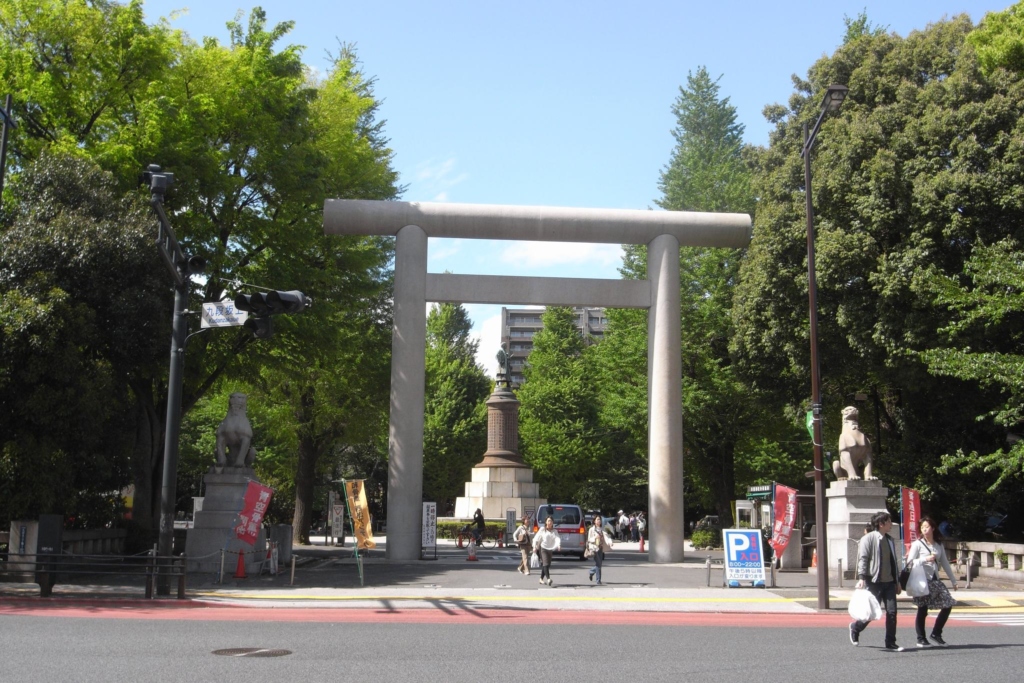
The Yasukuni Shrine, established in 1869 by Emperor Meiji, honors those who sacrificed their lives for Japan. It commemorates around 2.5 million individuals, including casualties from the Boshin War, World War I, and World War II. The shrine’s six-hectare area features statues and memorials dedicated to various victims, from war widows to kamikaze pilots and animals. Serving as a reminder of Japan’s history, Yasukuni Shrine stands as an epitome of remembrance of the martyrs of the country.
If you are planning a trip to Tokyo, check out our Tokyo Trip Package
Planning an International Trip Check Out Reviews Of Thrillophilia
2. The Hiroshima Peace Memorial
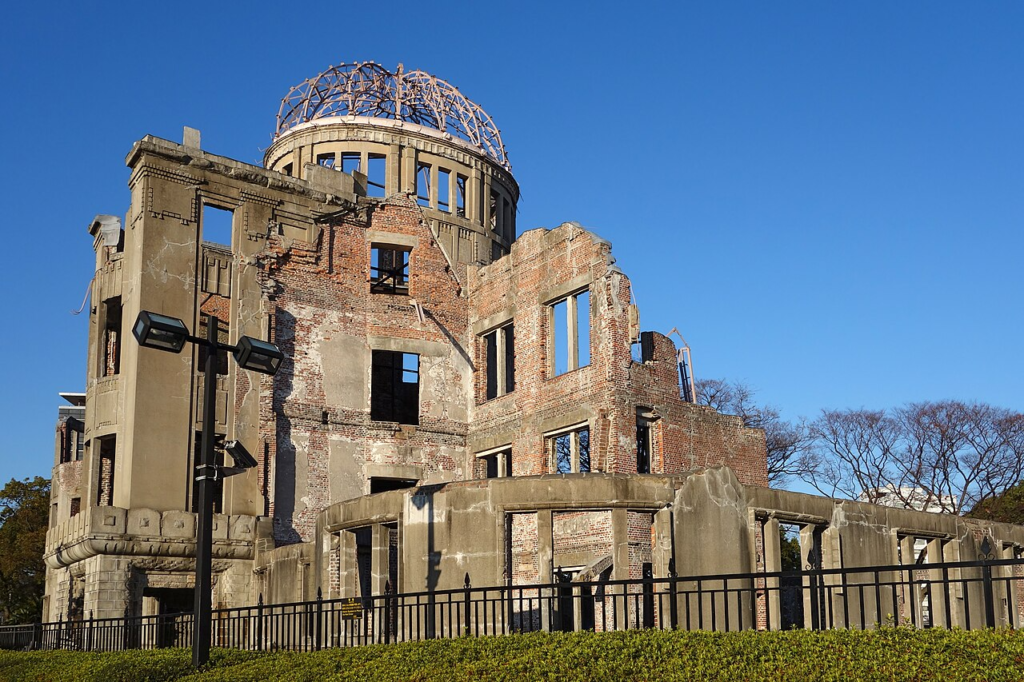
It is one of the most important historical places in Japan that is a must-include for anyone planning a trip to Japan. The Hiroshima Peace Memorial, also called the A-Bomb Dome, stands as a reminder of the devastating atomic bombing of Hiroshima on August 6, 1945. Despite being the only building left standing near the bomb’s epicenter, the structure, initially an office building, was preserved as a symbol of peace. The Hiroshima Peace Memorial Park now also houses a museum and holds UNESCO World Heritage status. The dome serves as a powerful symbol of peace and understanding in a world scarred by conflict.
Planning an International Trip Check Out Thrillophilia Review
3. Sensoji Temple
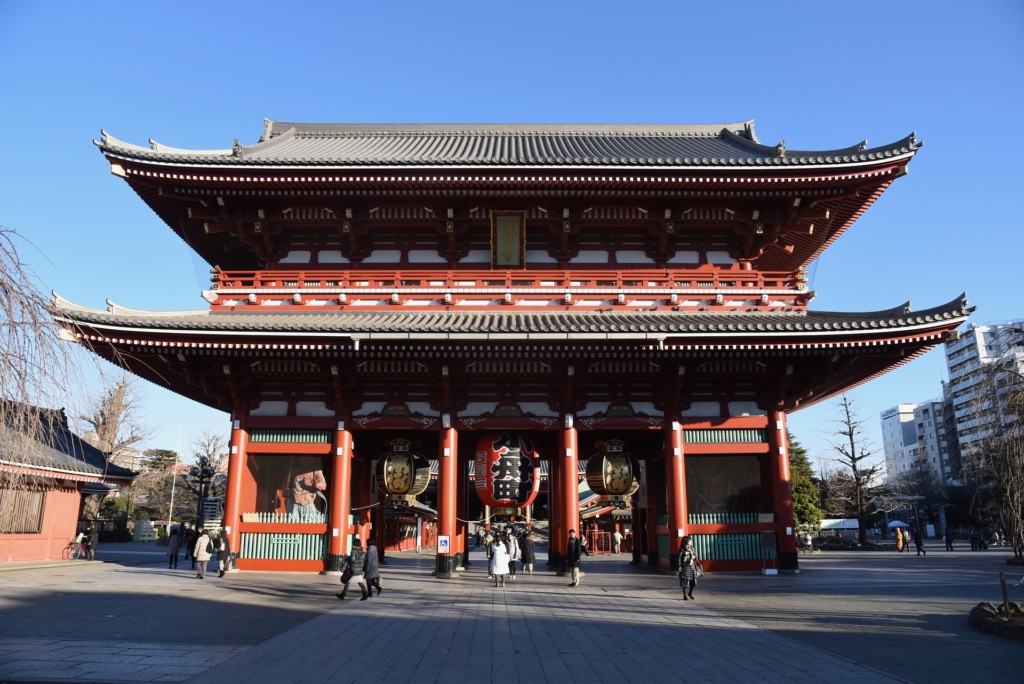
The Sensoji Temple, located in Tokyo is renowned to be the city’s oldest Buddhist temple, believed to have originated in 628 AD. Although much of its original structure was lost during World War II, it was thoughtfully reconstructed afterward. Dedicated to Kannon-Bosatsu, the goddess of mercy, the temple houses her revered statue; although not openly displayed. Legend says that the temple’s founding traces back to two fishermen discovering the sacred statue in 628 AD. Today, Sensoji Temple stands as a cultural icon and a must-visit destination for tourists exploring Tokyo’s historical treasures.
You can also explore our Japan Tour Packages For Couple
Planning an International Trip Check Out Thrillophilia Com Review
4. Meiji Jingu
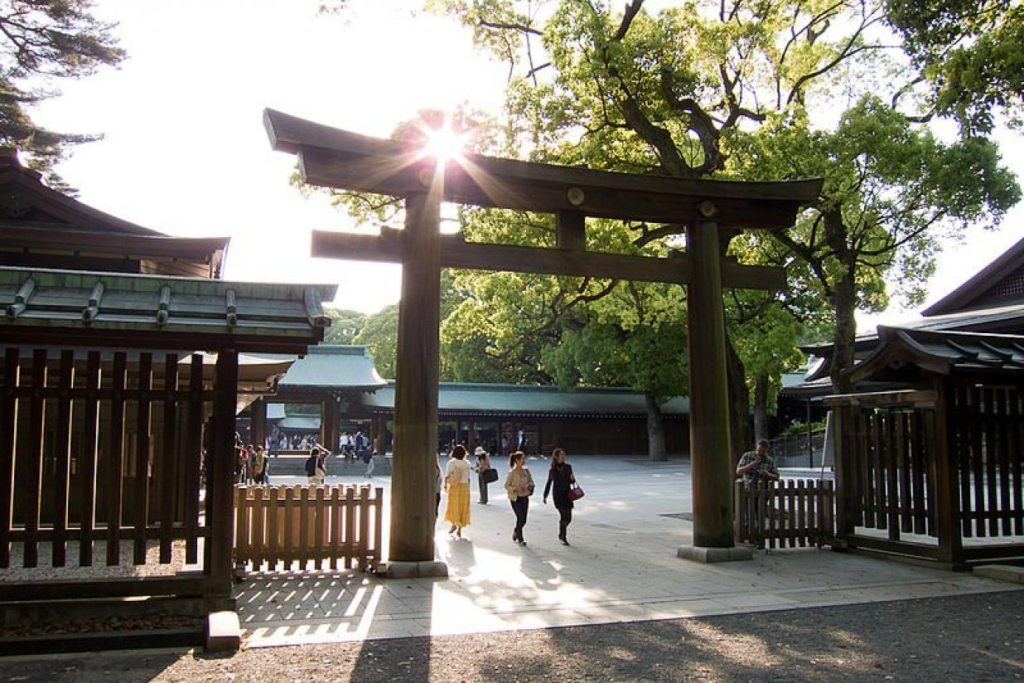
Meiji Jingu, dedicated to Emperor Meiji and Empress Shoken, is one of the most serene historical places in Japan. Comprising shrine buildings, lush gardens, and a Memorial Picture Gallery, it welcomes visitors through ancient gates bearing the imperial seal. The tranquil atmosphere invites visitors to explore Japanese culture, with occasional tea ceremonies and wedding rituals adding to its charm. Amidst the city’s vibrant energy, Meiji Jingu stands as a symbol of reverence and tranquility.
Planning an International Trip Check Out Thrillophilia Reviews
5. Mount Fuji
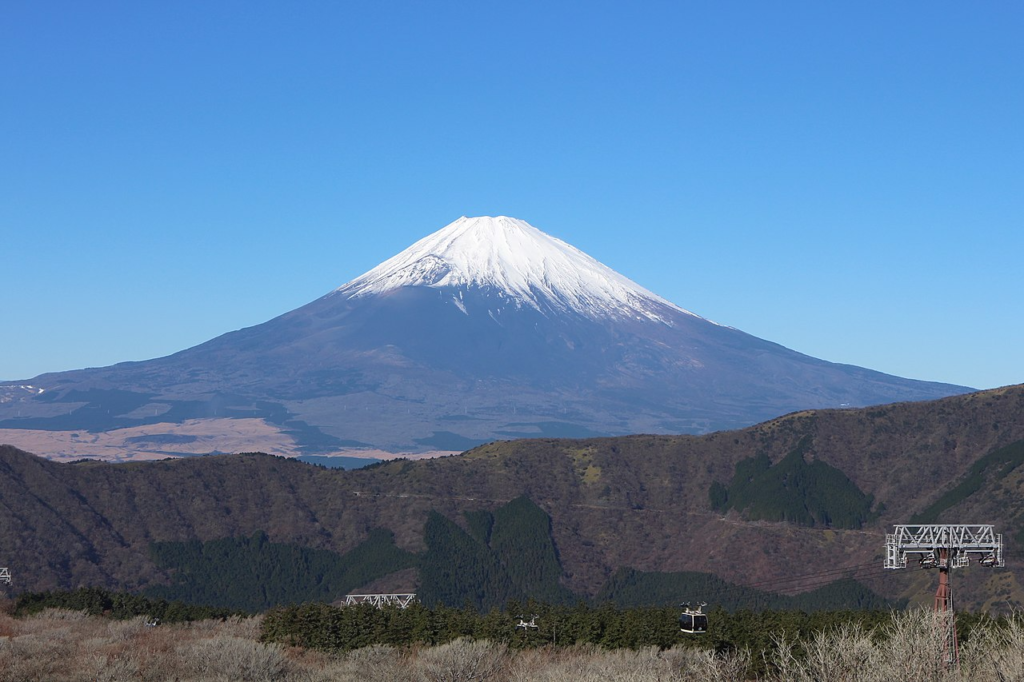
Mount Fuji, standing at 3,776 meters, is Japan’s iconic symbol, offering breathtaking views and cultural significance. Whether summiting its majestic peak or admiring it from afar, the mountain captivates with its snow-capped beauty. Prime spots like Lake Kawaguchi and the Chureito Pagoda provide stunning vistas, especially during cherry blossom season. Mount Fuji’s attractiveness extends beyond its physical scale, reflecting Japan’s spirit and tradition, and enticing tourists to experience its grandeur.
Suggested Read: Activities To Do In Japan
6. The National Museum of Western Art
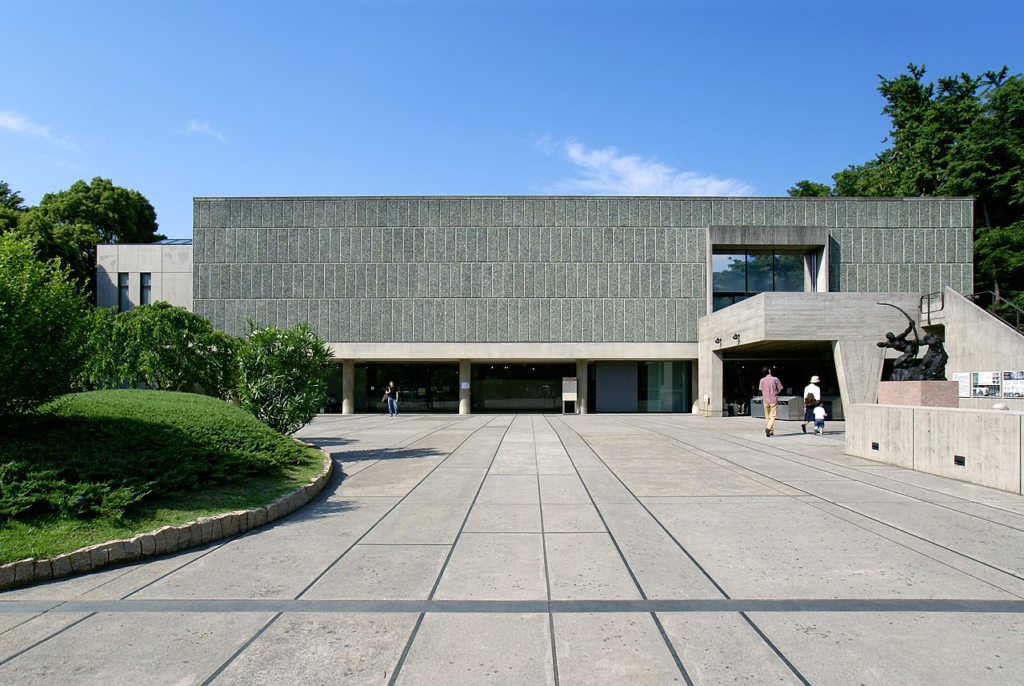
Located in Ueno, Tokyo, the National Museum of Western Art offers a glimpse into Europe’s artistic legacy. The museum is an important historical place in Japan and serves as a captivating evidence of the influence of Western art on Japan’s cultural landscape. Housing masterpieces spanning from the 14th to the 20th century, visitors can marvel at renowned works by artists like Monet, Delacroix, and Van Gogh. One of its highlights is the Gate of Hell sculpture by Auguste Rodin, captivating visitors with its intricate details. Immerse yourself in the rich treasure of European artistry and culture, right in the heart of Tokyo.
Must Read: Places to Visit in Osaka
7. Monuments of Ancient Nara
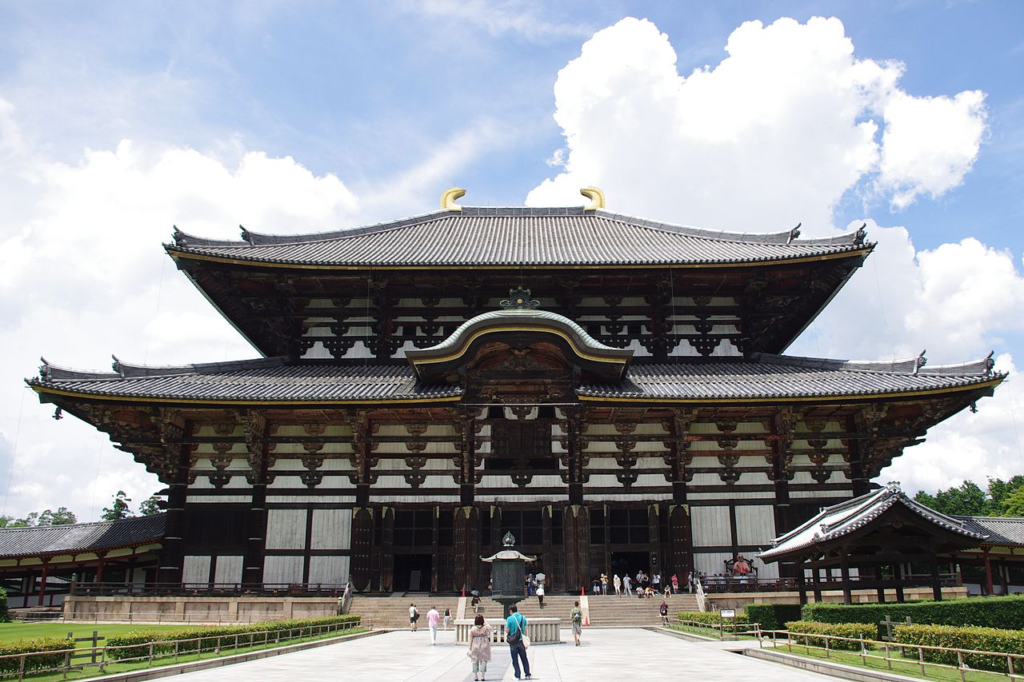
Nara City boasts eight UNESCO World Heritage sites, including Todai-ji Temple, Kofuku-ji Temple, and Kasuga Taisha. Together known as the “Monuments of Ancient Nara,” these cultural treasures offer a glimpse into Japan’s rich history. Visitors can explore these ancient relics while interacting with the iconic deer of Nara Park, known for their habit of bowing for treats. From the majestic temples to the serene Mount Kasuga Primeval Forest, each site holds a unique charm and significance, making a visit to the Monuments of Ancient Nara an unforgettable journey through Japan’s past.
Must Read: Places To Visit In Tokyo
8. Kyoto Golden Pavilion
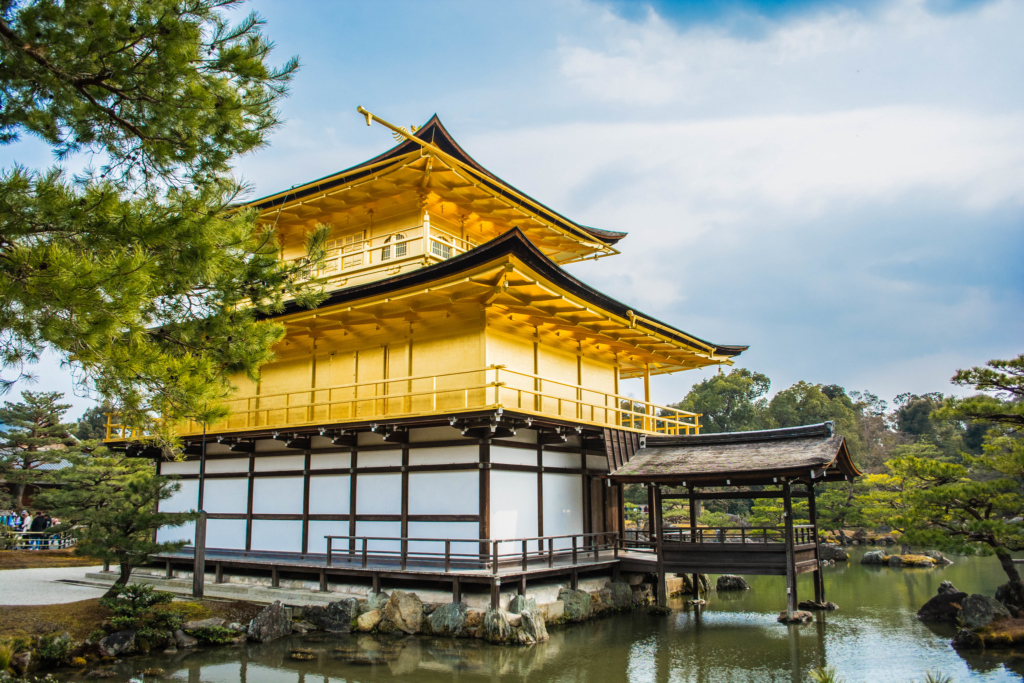
Constructed in 1398 by Ashikaga Yoshimitsu, the third shogun of the Muromachi shogunate, the Kyoto Golden Pavilion, or Kinkakuji has become one of Japan’s most iconic landmarks. Adorned in shimmering gold leaf, especially striking against the backdrop of a snow-covered landscape, the pavilion exudes an ethereal beauty. Originally part of a sprawling temple complex, Kinkakuji was later converted to a Zen Buddhist temple upon Yoshimitsu’s passing. Today, visitors go to marvel at its majestic presence reflecting on centuries of history and tradition.
Must Read: Places to Visit in Japan
9. Kyoto Imperial Palace
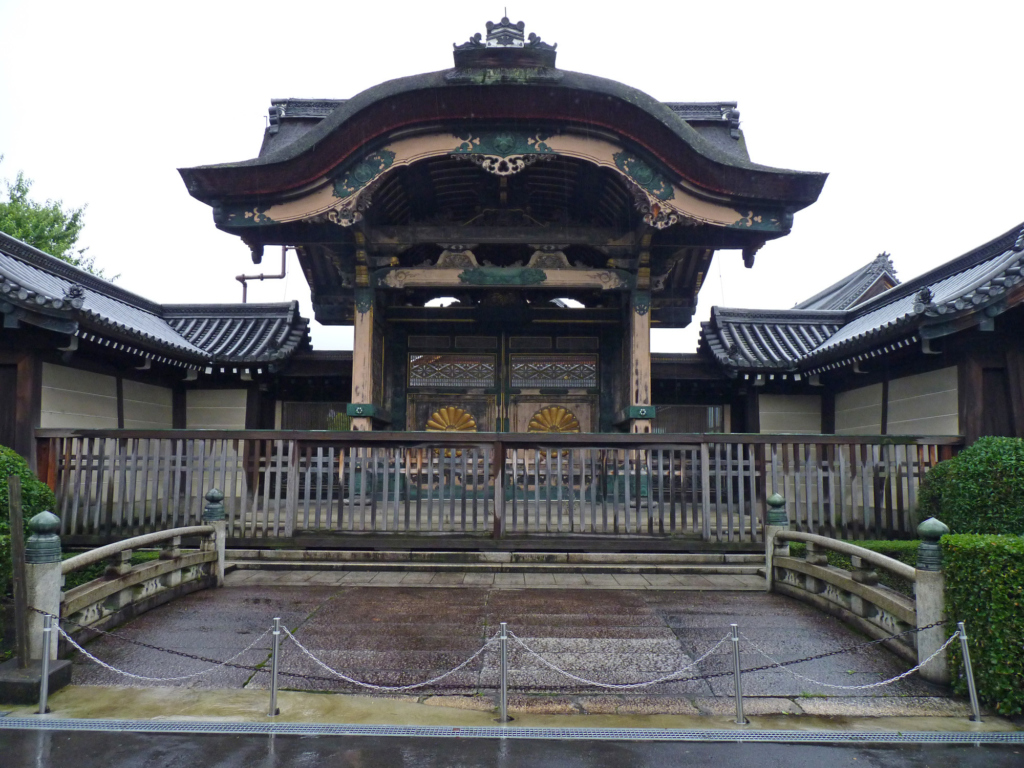
The Kyoto Imperial Palace, or Gosho, stands as a significant historical site, once home to Japan’s imperial family for over a millennium during Kyoto’s tenure as the capital. Following the capital’s shift to Tokyo in 1868, the palace opened its doors to the public, offering visitors the chance to explore its grounds freely. Today, it remains a revered landmark in the heart of Kyoto, showcasing exquisite architecture and serene gardens that provide a glimpse into Japan’s rich imperial history. Strolling through these hallowed grounds offers a journey through centuries of royal legacy and cultural heritage.
Recommended Read: Tourist Places In Japan
10. Kiyomizudera, Kyoto
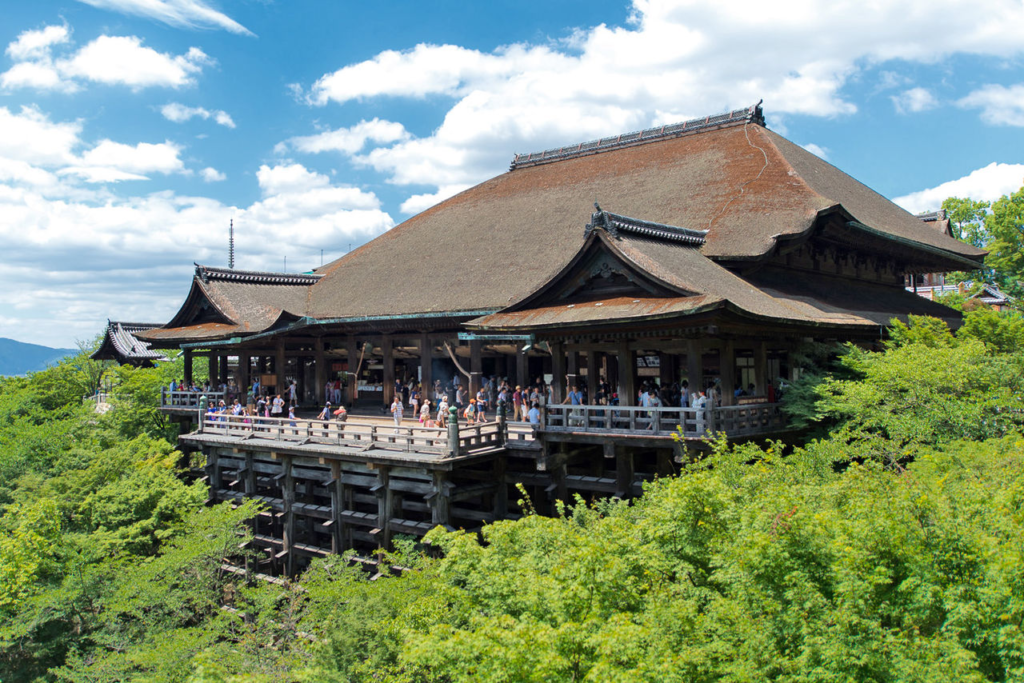
Kiyomizudera, a UNESCO-listed Buddhist temple in Kyoto, Japan is one of the most important historical places in Japan dating back to the Heian period in 780 AD. While much of its original structure was rebuilt in the 1630s, the iconic Main Hall remains a striking feature, perched on a steep cliff. Dedicated to various Buddhist deities, the temple’s ancient elements, like the Niomon Gate and Unatodome stable, offer glimpses into its illustrious past. With its serene ambiance and awe-inspiring architecture, Kiyomizudera stands as a testament to Japan’s spiritual heritage, drawing visitors from around the world.
11. Edo-Tokyo Museum
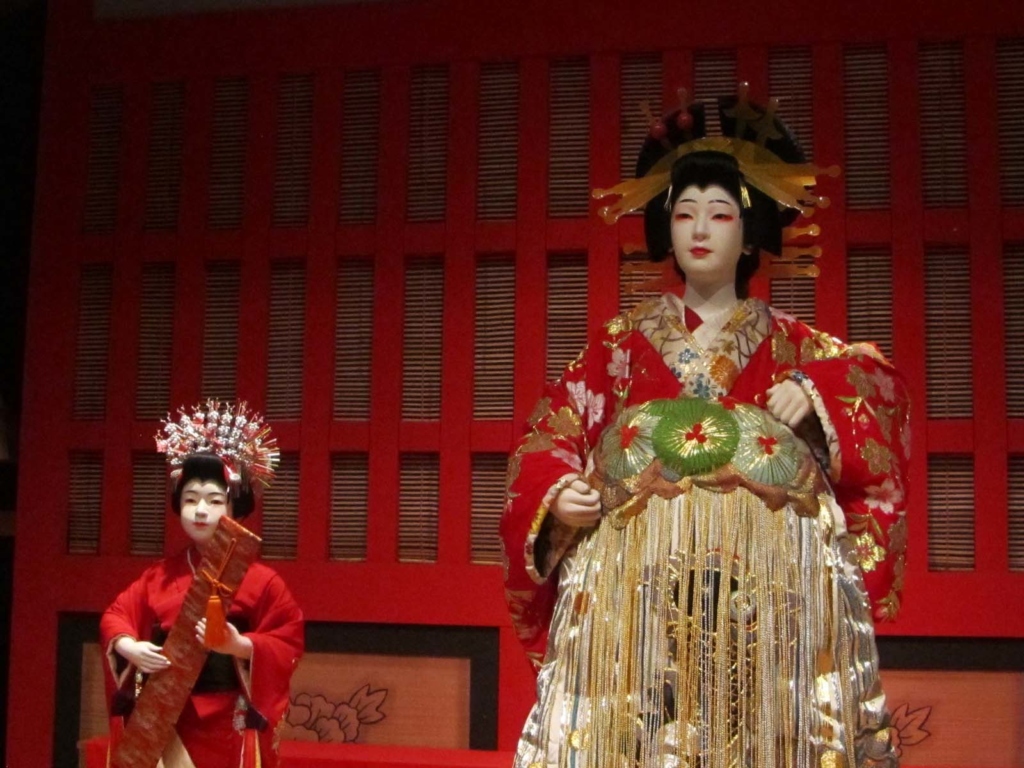
The Edo-Tokyo Museum in Ryogoku, Tokyo, offers an immersive journey into the history and culture of Japan’s capital. The museum showcases the transition from the Edo period (1603–1868) to modern Tokyo. You can explore large-scale models and replicas of Edo-era structures, such as the Nihonbashi Bridge and a traditional Kabuki theatre. One of the famous historical sites in Japan, the museum has artefacts, maps, and documents showcasing the Edo period’s urban development.
12. Nijo Castle
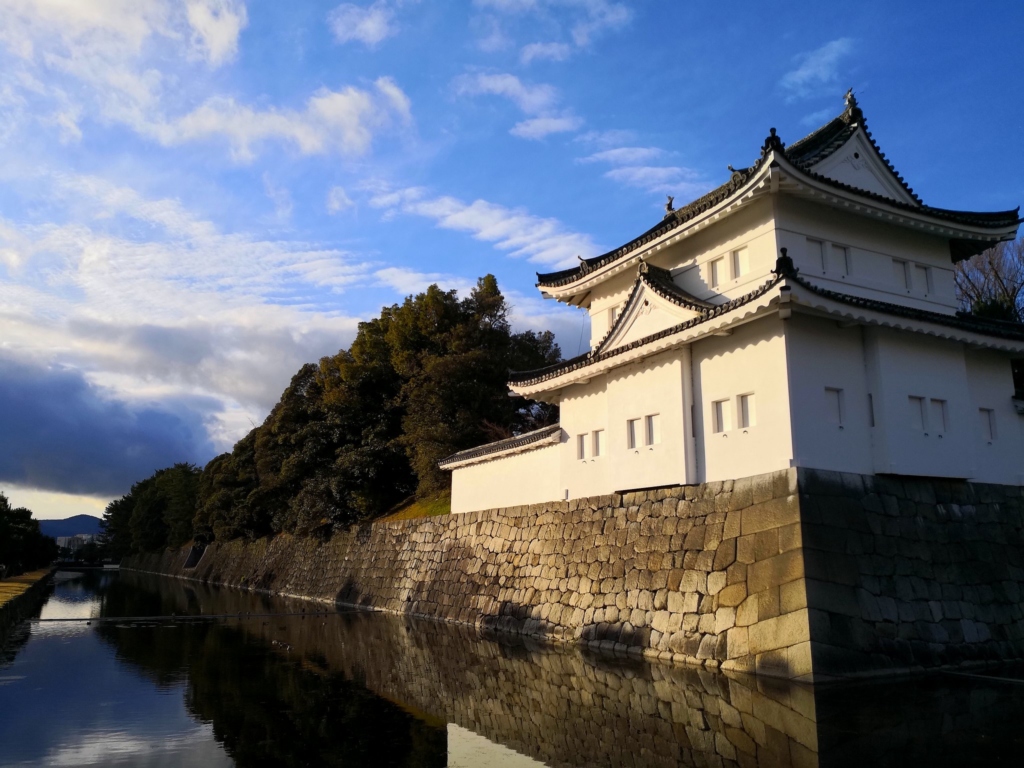
A UNESCO World Heritage Site, this beautiful castle in Kyoto was built in 1603. It showcases Edo-period glory with its iconic Ninomaru Palace, famous “nightingale floors,” and exquisite gold-leaf interiors. You can also explore traditional Japanese gardens and historical exhibits highlighting Tokugawa shogunate history here. The expansive grounds of Nijo Castle are perfect for a leisurely walk, especially during cherry blossom season.
13. Himeji Castle
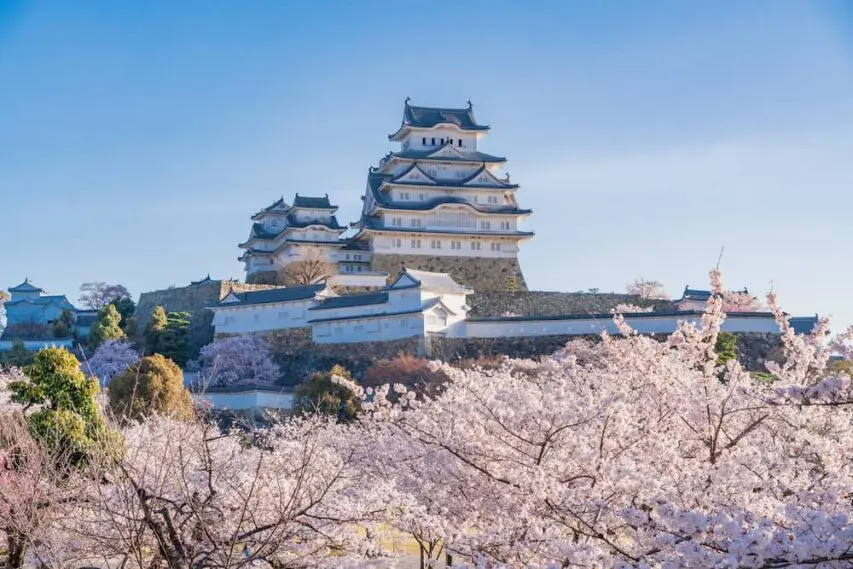
Himeji Castle, located in Himeji City, is a well-preserved feudal-era castle and one of the most famous historical places in Japan. You can explore the six-story central tower here, which offers panoramic views of Himeji City from the top. You can also discover the castle’s intricate defensive design, including steep stone walls, narrow pathways, and concealed weaponry spaces.
14. Osaka Castle
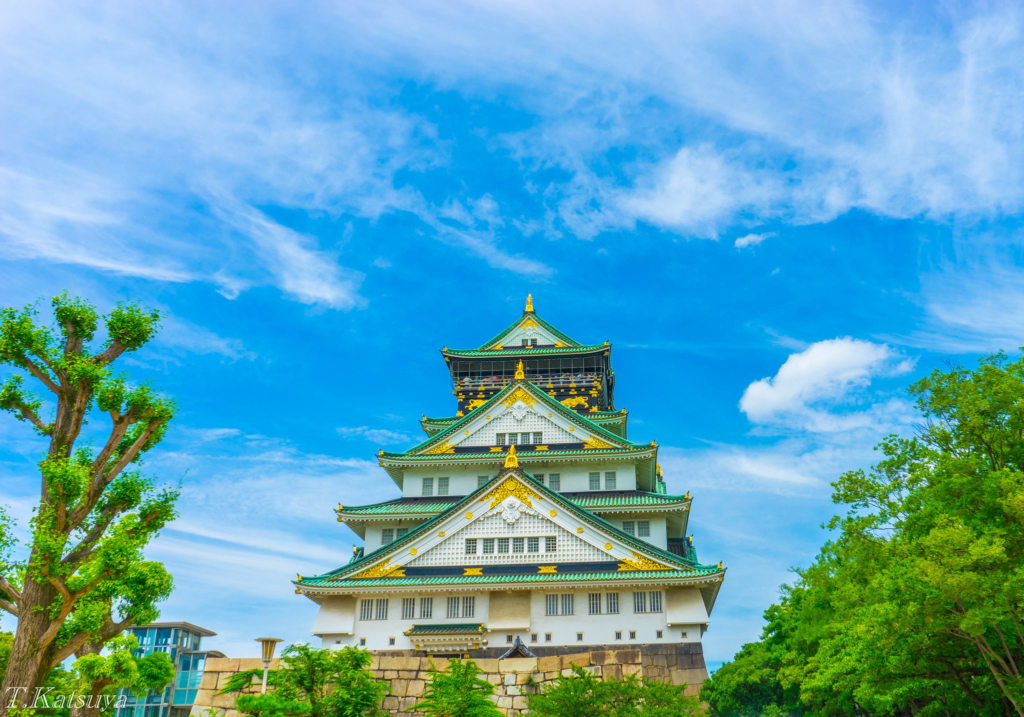
Originally built in 1583 by Toyotomi Hideyoshi, the Osaka Castle played a key role in unifying Japan during the Azuchi-Momoyama period. The castle’s eight-story central tower serves as a museum, displaying artefacts, historical information, and dioramas about Hideyoshi. You can also stroll through the expansive grounds featuring moats, stone walls, and gates that highlight the castle’s defensive structure.
15. Nikko Toshogu Shrine
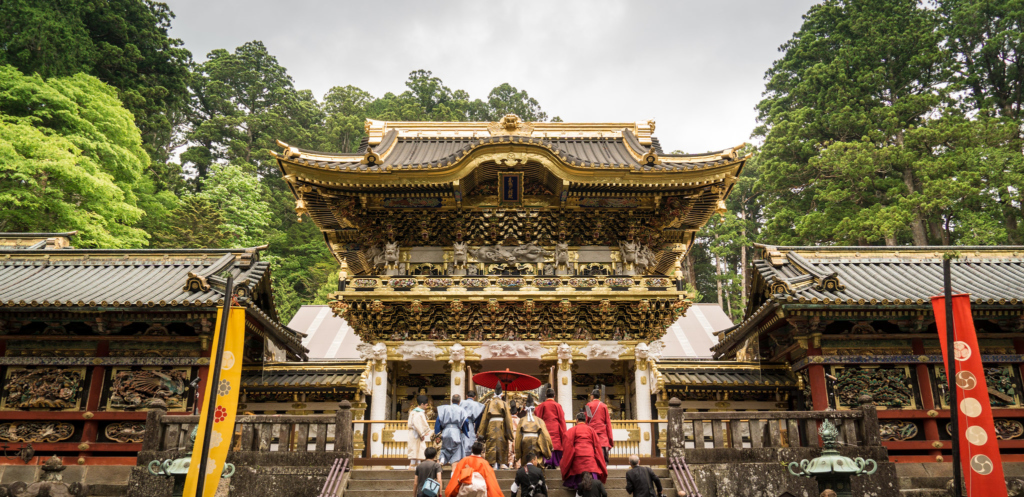
Dedicated to Tokugawa Ieyasu, the founder of the Tokugawa Shogunate, it is a UNESCO World Heritage Site renowned for its beautiful architecture. You can see its 55 beautifully decorated buildings, adorned with vivid colours, intricate carvings, and gold leaf. One of the most famous carvings here depicts the “See no evil, hear no evil, speak no evil” monkeys, representing a moral code.
